The JJ Mack Building scored an unprecedented 96.42% in its BREEAM assessment, not only giving it a rating of Outstanding but making it the most sustainable building in the UK, with no other building achieving a higher score.



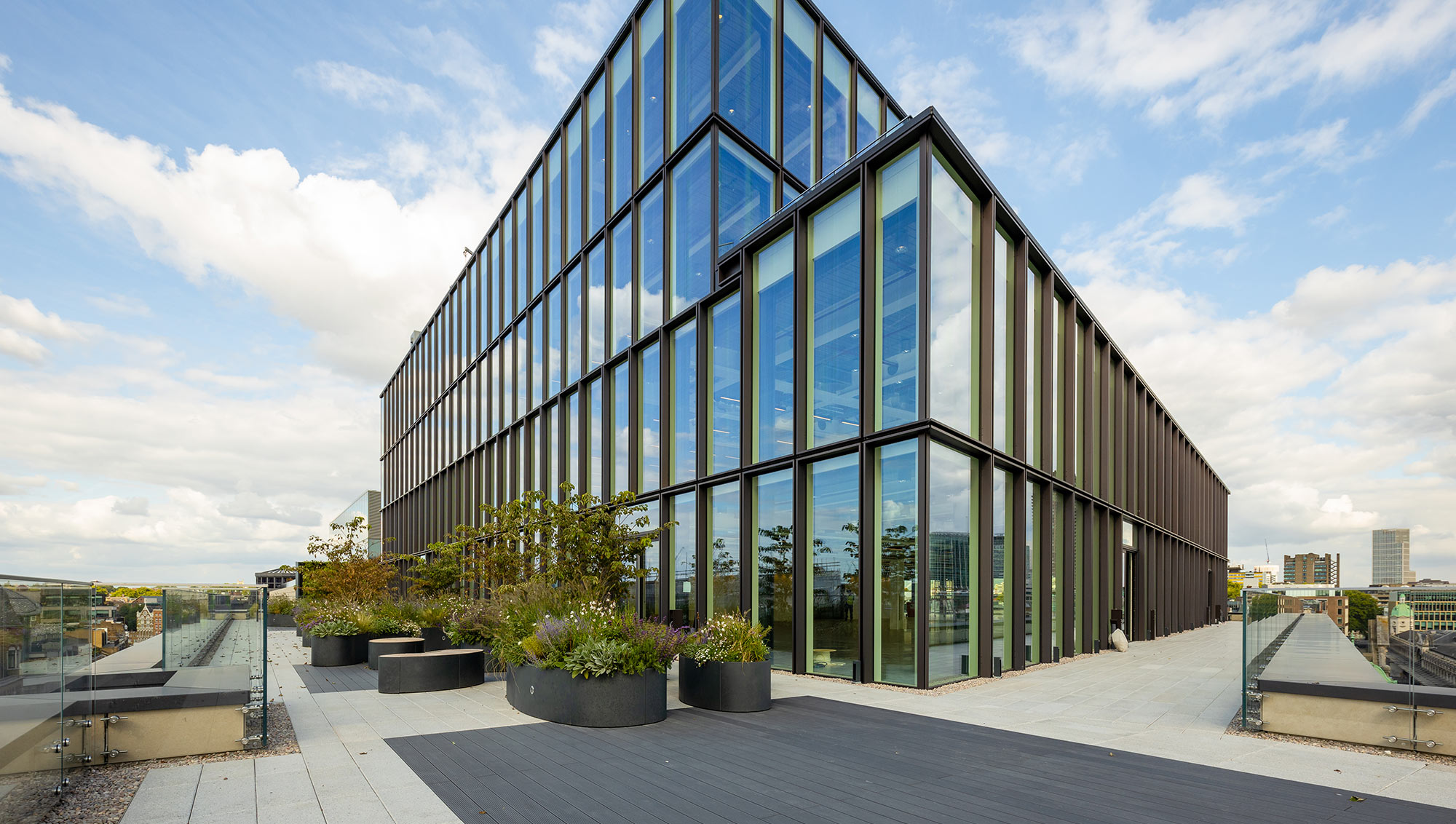
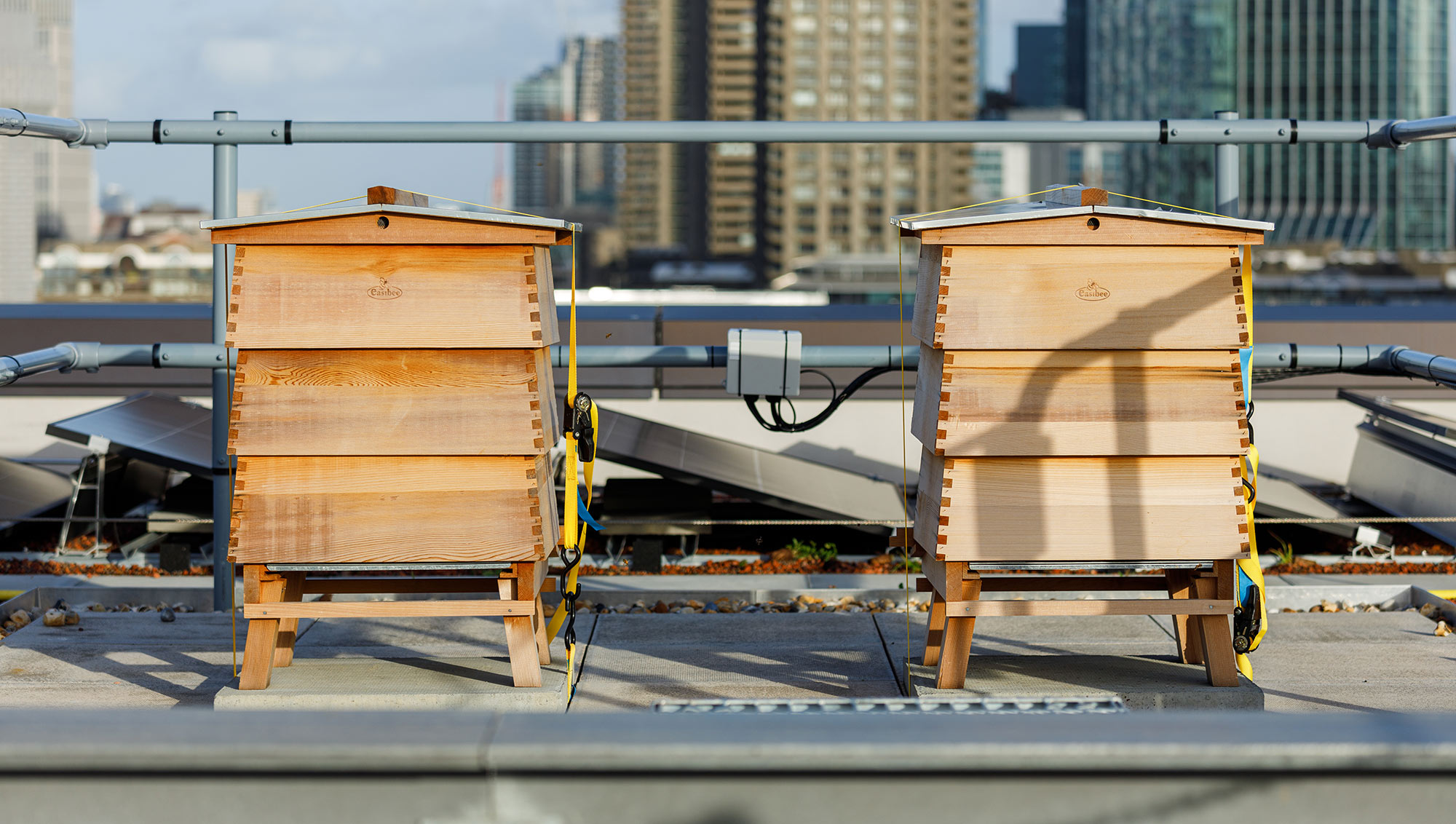
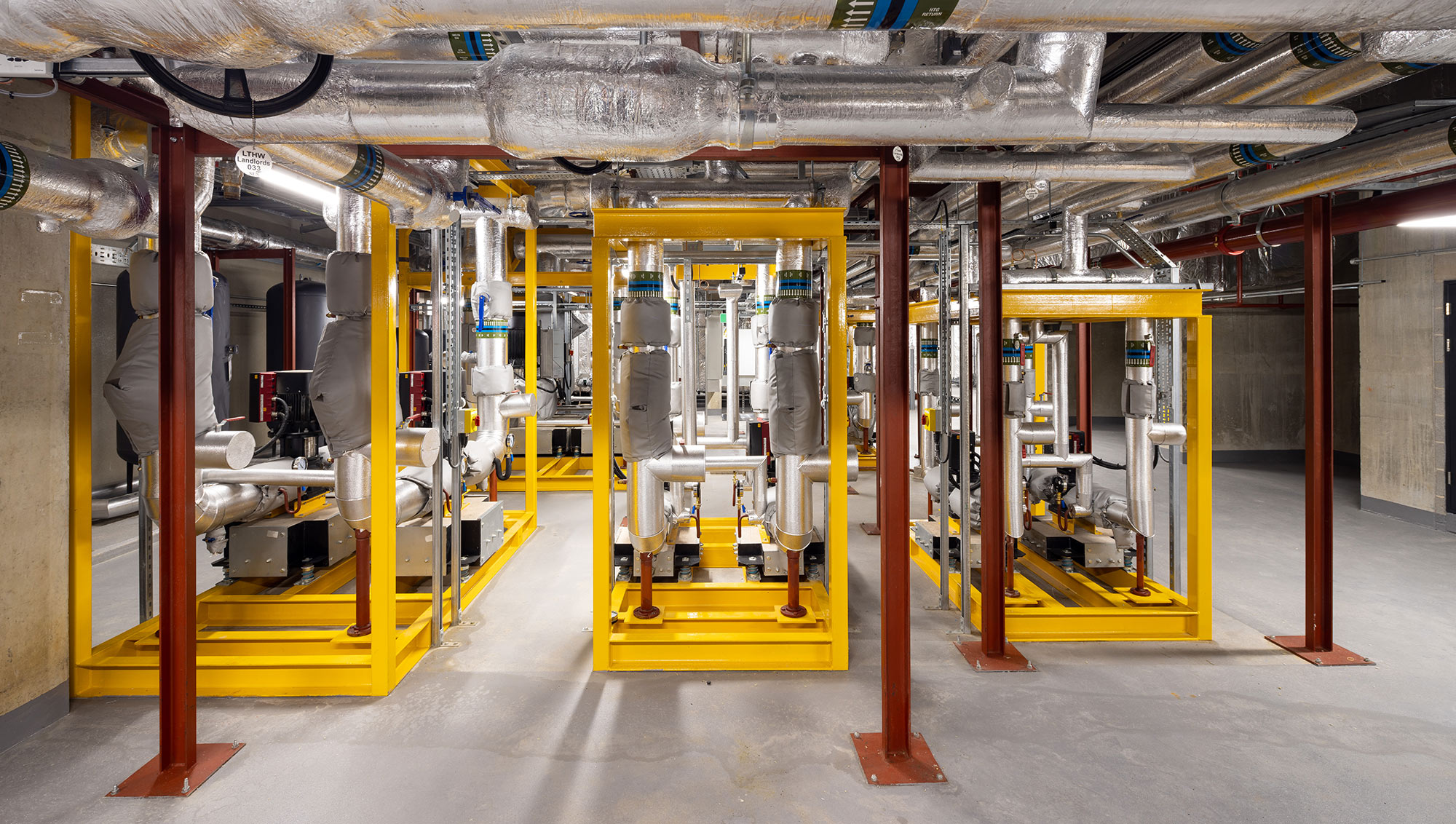
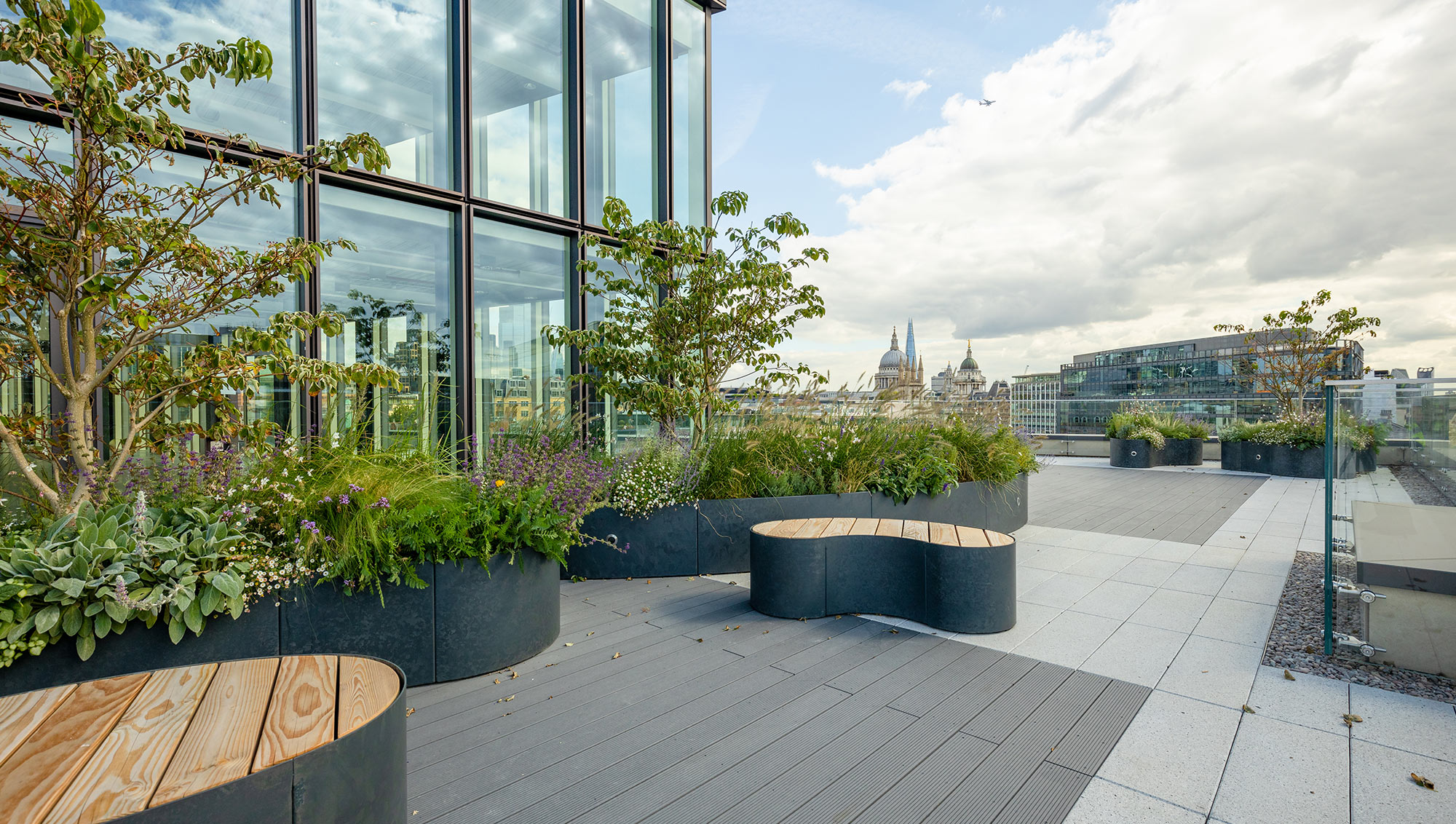
01
Adopting market leading technologies, design and operational practices, our aim is excellence, going above and beyond and never once adopting a tick box mentality.
The JJ Mack Building is the UK’s most sustainable building, achieving an unprecedented 96.42% at assessment, as well as being the first building to be assessed as BREEAM Outstanding (2018) in the UK. This is truly an endorsement of the detailed work and dedicated approach to sustainability undertaken during the building’s design. This impressive rating is verified by independent assessor BRE Global, in accordance with BREEAM (Building Research Establishment Environmental Assessment Methodology), the world’s leading design and assessment method for sustainable buildings.
The JJ Mack Building has been developed with Design for Performance principles in mind and will be submitted for a NABERS energy rating once post occupation criteria is met, targeting a 5 star rating. NABERS is the industry standard in assessing the energy performance of buildings and the targeted 5 star rating at The JJ Mack Building reflects the commitment made during the design period to ensure that the building is a true market leader in terms of sustainable occupation.
The building has an EPC rating of A which has to date been awarded to less than 1.8% of London’s non-domestic properties.
02
We are all aware of the need to reduce our carbon impact but for an office building, what does this actually mean?
The JJ Mack Building is targeting an embodied carbon figure which is 15% lower than the LETI current average design target. This means that both the materials and processes selected during the construction of the building were specifically chosen to minimise carbon impact. For example, the use of UK produced steel offers carbon savings via recycling, reuse and minimised transportation requirements, the use of Earth Friendly Concrete offers a 50% saving in embodied carbon over and above standard mixes and an intelligent approach to construction waste (the target at JJ Mack was not to exceed 7.5m2 of waste per 100m2 of GIA) minimises unnecessary material and packaging wastage which is a significant negative by product of construction activity.
The carbon emissions at The JJ Mack Building will be 52.8% lower than the regulated Targeted Emissions Rate as defined by Part L of the Building Regulations (2013). This means that the day to day impact of the building when occupied can be significantly minimised as a result of sustainable, intelligent and renewable technologies designed into the building such as sophisticated sensors to monitor energy usage and occupation, enabling consumption baselines to be set at building or floor level to minimise wastage and, when combined with data from occupancy monitors, to only provide power where it is required, eliminating unnecessary usage.

03
An important element of the building’s sustainability strategy and carbon impact mitigation is the connection to the Citigen district energy network. Citigen is a world leading, tri-generation network, offering a sustainable, cost effective and progressive heating, cooling and power solution to homes and businesses across the City of London with multiple benefits to users.
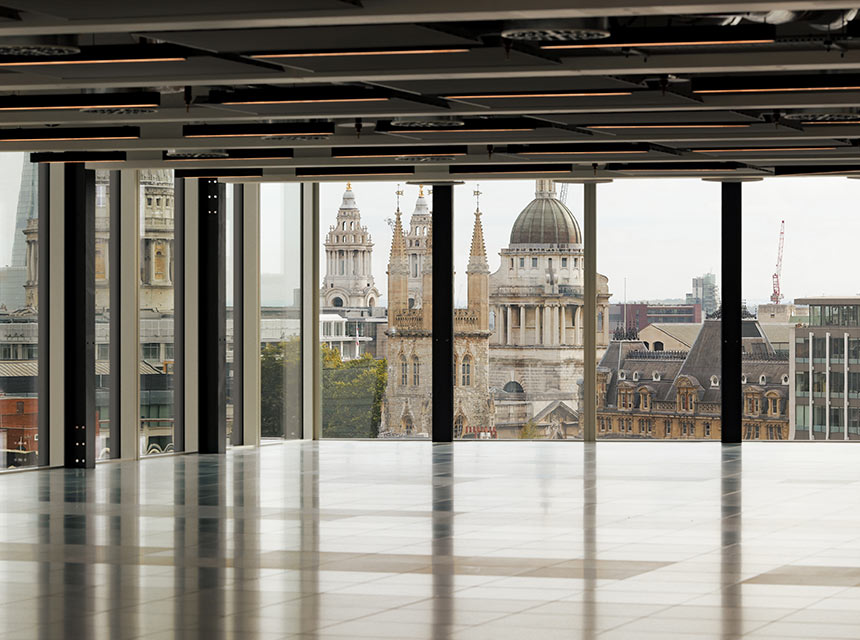
Occupiers of The JJ Mack Building derive a direct benefit from Citigen’s constant investment into renewable and progressive heat and energy generating technologies. A groundbreaking programme of work has recently been completed by E.ON, owners of Citigen, to add world class geothermal and heat pump technologies to the energy centre which will result in a steep drop in emission levels. Immediately underneath the Citigen building, 200m deep boreholes have been created, enabling direct access to the Thames Basin Aquifer which runs beneath the building. The natural geothermal energy generated by the Aquifer is fed into a heat pump which extracts and increases the naturally sourced heat. This is further added to by waste heat produced by the existing central heating and cooling plant to deliver the greenest possible heating solution to the homes and businesses connected to Citigen. All electricity and gas that Citigen utilises is from certified renewable green sources providing a truly green and renewable heating, cooling and power supply for The JJ Mack Building and its occupiers.
Occupiers of The JJ Mack Building will have no exposure to future in-building plant obsolescence or costly replacement.
The absence of in-building plant means there is more space in the building to dedicate to tenant amenity.
Less in-building plant means less repair and maintenance costs for occupiers as the upkeep cost of the Citigen plant is borne directly by them.
04
Now more than ever, public awareness is growing on the subject of water and how precious a resource it is. The JJ Mack Building incorporates an intelligent and dynamic water management and recycling system.
Linked directly to real time weather data, the building’s rainwater storage “anticipates” a forecast of heavy rain and will alter its capacity accordingly. The stored water will flow via gravity from the terraces and the green roof into the system. Greywater is also gathered from 93% of showers and 5% of taps. Both grey water and rainwater are then organically treated within the building and recycled to feed all toilet flushing systems throughout the building. When combined with other design factors such as low flow and intelligent fixtures, the system as a whole can reduce potable mains water consumption at the building by up to 70%. Reclaiming water in this way also has an impact on carbon emissions. At The JJ Mack Building, we have capacity to process 7m3 of reclaimed water per day. Each cubic meter is equivalent to 1.05kg co2e. Therefore as the rainwater system is in operation 365 days a year, this translates into a 2,682kg co2e saving per annum.
Real time information on the water system will be fully accessible by occupiers and building management.

05
While rarely seen either by occupiers or the public, there is a great deal going on up on the roof at The JJ Mack Building.
There will be 144 327W photo voltaic panels on the roof of the building. The energy generated by these is sent back into the grid, offsetting some of the on-site power consumption.
The roof is home to 885 square metres of biodiverse green roof, pre-planted with a variety of native wildflowers, grasses, herbaceous perennials, bulbs and sedums as well as housing bug hotels, bird and bat roosting spaces to help support local species.
As part of the building’s genuine commitment to biodiversity and local ecology there are two bee colonies located on the roof. Bees are an essential part of our global ecology and are estimated to contribute £200m a year to the economy through pollination as well as being a critical factor in our ecosystem.